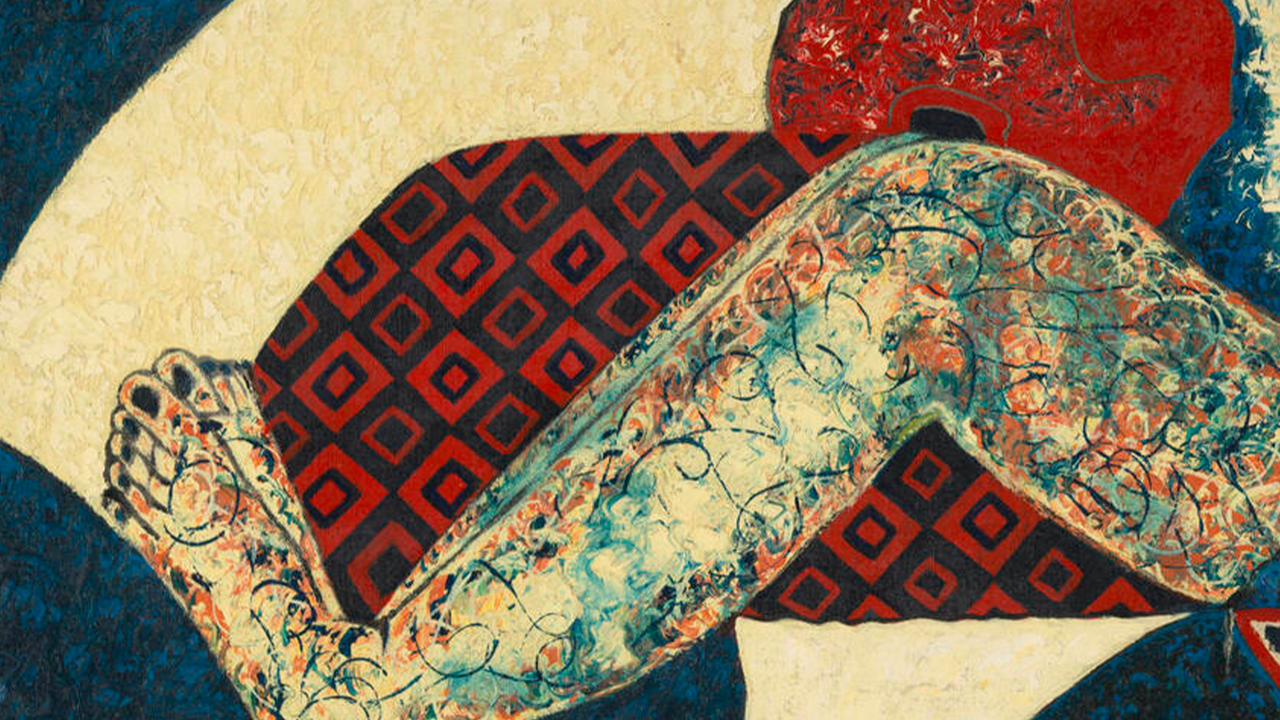Panamarenko
Hayward Gallery, London, UK
Hayward Gallery, London, UK

Referring to the present as the 'media age' or the 'age of information', rather than the 'age of extinction' or the 'germ age' (both of which are perhaps more accurate), is like wrapping yourself in a new period in the hope that it will function as a security blanket and protect you from a chill historical wind. Of course, different historical periods co-exist. As such, it is perhaps appropriate that in 1967, while Pontus Hulten was working on an exhibition for New York's Museum of Modern Art entitled 'The Machine as Seen at the End of the Mechanical Age', the Belgian artist Panamarenko was making his first 'technological art object', Das Flugzeug (The Aeroplane, 1967).
Links between old and new are an important part of both Panamarenko's work and this retrospective. The Aeroplane is intelligently installed alongside a more recent piece, Catapult Max (1997), a one-man whirlybird. Both works are beautiful, especially the earlier piece, its six monochrome canvas wings held together by wires suspended above an extended bicycle frame. The relationship between the bicycle and the flying machine is not new - the Wright brothers were keen cyclists and bicycle manufacturers before they turned to matters aeronautical. In part, Panamarenko's machine, with its bicycle wheels turned through 90°, is reminiscent of the instrument which the Wrights devised for measuring lift and drag coefficient. Around the same time, Alfred Jarry was conceiving an even more sophisticated transport device - a time machine with 'an ebony frame, similar to the steel frame of a bicycle'.
Jarry seems to pedal posthumously through this exhibition, like Jewey Jacobs, the perpetual cyclist in his novel Le Surmâle (The Supermale, 1902). Jarry is acknowledged in the margins of the catalogue where we learn that Panamarenko is an honourary member of the Collège de Pataphysique, alongside other absurdists like Ionesco and Duchamp. Jarry's spirit is also present in the photograph of Panamarenko seated in Broodthaers' garden after winning a cycling race from Antwerp to Brussels. The influence of Raymond Roussel - creator of impossible, humorous machines such as a hybrid human-machine - is also evident in Panamarenko's back-pack 'flying' devices, Hazerug (Hare-Back, 1997) and Schelpvormige Rugzak (Shell-shaped Rucksack, 1986). The presence of Duchamp hovering around the turning cylinders and floating metal of Grote Plumbiet (Big Plumbiet, 1984) creates a force field around the work even more powerful than the magnetic one against which the gallery signs warn.
The French writer Michel Carrouges noted that the machines of Jarry, Roussel and Duchamp are examples of 'machines célibataires', bachelor machines, or 'fantastic images which transform love into a mechanics of death'. It's an observation which particularly applies to the largest work in the show, The Aeromodeller (1969-71), the title of which could also refer to Panamarenko himself. This huge balloon was built to impress Brigitte Bardot - the artist designed it to land in her garden and provide her with a means of escape. One of its components is a soft container which, when pumped, enlarges and becomes semi-rigid (although with age, this seems to be increasingly difficult); another container which hangs below it was built to carry the two of them. Ultimately, the law and the artist's fear prevented the elopement, although it is intriguing to think about what might have happened had Panamarenko managed to entice Bardot into the helmeted, asbestos, flame-proof suit which lies in basket.






















